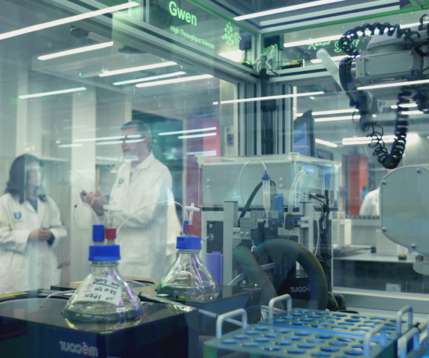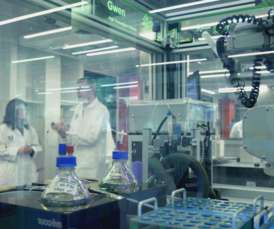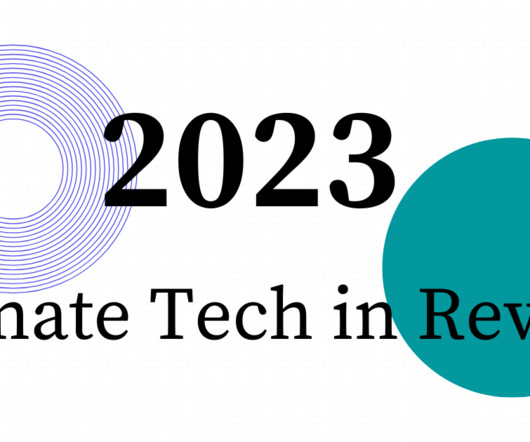Bio-waste yields valuable acetone and isopropanol
Envirotec Magazine
FEBRUARY 5, 2024
The study, published in SCI’s Journal of Chemical Technology and Biotechnology , introduces novel processes that promise to elevate the efficiency and viability of large-scale production. Isopropanol and acetone have a combined global market of $10 billion.















Let's personalize your content